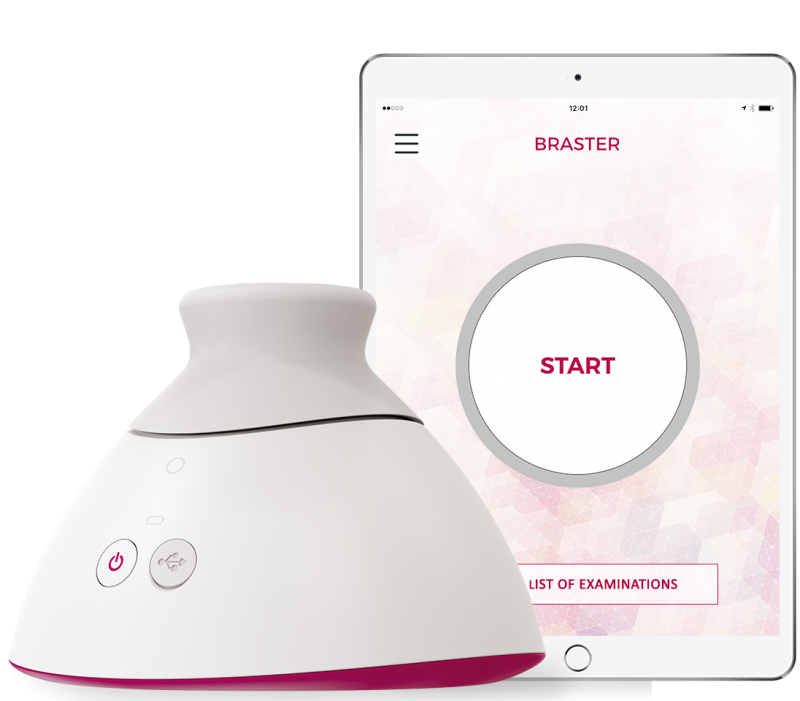During a development process, the components time and money constantly compete for priority. Both have a major impact on the quality of the product. However, the quality of a product cannot be compromised in product development, since this always leads to negative consequences at a later time. But is it also possible to shorten the time-to-market without enormously increasing costs? This is certainly possible. There are several ways to optimize the development process. In this blog we will further discuss these possibilities, and the ways in which an external agency can contribute to the process of product development.

The first, and perhaps the most important step, is bringing together the right project team consisting of specialists and stakeholders. If there is no specialist knowledge in-house on a particular subject, it is wise to hire it externally.
This means that less testing is required and time and money are saved. A peer review by a multidisciplinary team of specialists often remains a valuable addition to the process. For a successful collaboration it is also important that the responsibilities of various stakeholders are determined at an early stage. This ensures faster decision-making.
Naturally, it must be avoided as much as possible that these decisions are changed at a later time. If iterations still have to take place just before delivery, but this often in a sub-optimal solution and higher costs. In addition, the delivery will of course be much delayed.
Secondly, it is important to determine the scope of a development project as soon as possible. When developing different concepts, it is important to map out and concretize all risks of functions and materials. The uncertainties that remain, can then be investigated and tested. It is advisable to split the development project into smaller projects. This makes it possible to test after each sprint, and ‘waste’ is prevented as much as possible. Of course, it is also possible to choose to avoid uncertainties in the project by opting for known solutions, or even omitting them altogether. Obviously, this option can only be chosen at the periphery and not at the primary function of the product.


A good example of this is Braster. This is a medical device that monitors the temperature distribution in the breasts and senses areas of higher elevation, which could indicate malignant changes. Braster asked PEZY to prepare the technology for the market. The primary function of the Braster is the optically-thermal system.
Time was an important factor in this project, so standard solutions were mainly chosen for the other functions. When a change had to be made, extra capacity was deployed to meet the deadline. Through an integrated approach, technology, ergonomics, functional operation and the app have been brought together into a design in which electronics, housing, packaging and app are ready for production within a year. Because all product parts, the app and the packaging were developed in parallel, the PEZY succeeded in reducing the total development time by 30%.
How you shorten your time to market:
- Call in specialist knowledge
- Determine the scope of the project as soon as possible
- Map out all risks
- Determine the obligations of different stakeholders
- Check whether known functions can be chosen or whether functions can be omitted altogether
- Change decisions as little as possible during the development process